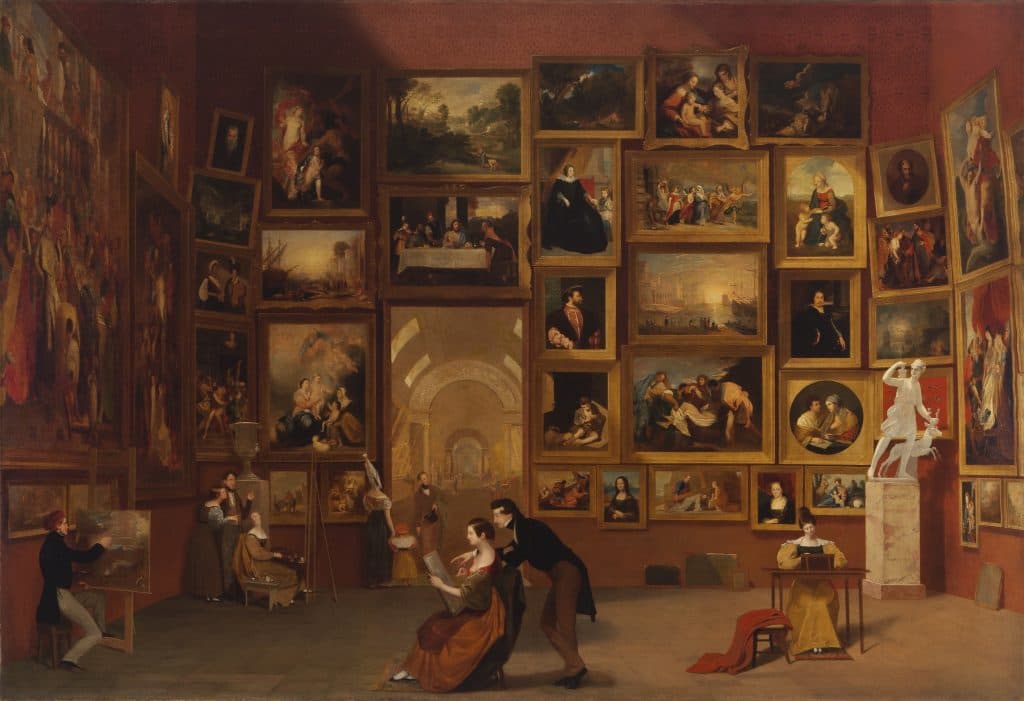The history of art has always been a dialogue between the artist and the viewer, but with the advent of the digital age, this interaction has gained unprecedented strength. Whereas before the perception of paintings was confined to museums, exhibitions, and quiet discussions within closed circles, today even a single social media post can change the fate of an artwork. Fans are no longer just observers — they comment, inspire, criticize, form communities, and even influence the market value of artworks. This is especially evident in Hungary, where art has long been an integral part of cultural identity, and modern viewers are active participants in the art scene.
Some researchers note that the creative path of many artists in recent decades has been shaped not so much by academic recognition as by the reaction of their fan base. Contemporary artists working in styles ranging from digital surrealism to neo-expressionism often gain their first wave of fame thanks to the support of enthusiasts on online platforms. Very often, fans are the first to notice a unique style, start sharing images, reposting them, writing reviews — and in doing so, they shape the artist's public image.
It is also important to note that fans’ tastes have become noticeably more diverse. Many Hungarian art lovers show interest not only in classical painting but also in modern formats that combine visual art, technology, and elements of entertainment. In some art communities, discussions revolve not only around exhibitions but also around interactive platforms, NFT galleries, and even online casino magyar, where graphics and animations are influenced by artistic trends. All this points to an expansion of the artistic field and greater involvement of the viewer in new forms of interaction with art.
Support, Criticism, and Co-Creation
Modern artists are increasingly viewing their fans not just as an audience, but as a full-fledged part of the creative process. This is evident in direct communication on social networks, where the artist may post a sketch and ask for followers' opinions, as well as in crowdfunding campaigns where fans directly finance the creation of new series of works. In some cases, fans even become informal curators, organizing themed exhibitions and helping artists reach the international stage.
This is particularly noticeable in digital art, where the line between author and viewer is blurring. In Hungary, projects are emerging in which users can influence the final composition of a piece, choose color palettes or narrative lines. This not only increases engagement but also gives fans a sense of co-authorship. In turn, artists receive instant feedback, which helps them adapt their style and experiment with form.
Criticism from fans also plays a role. It can be constructive and foster the artist’s development, or it can provoke disputes or even change the direction of their work. Some artists admit that discussions in the comments under their artworks inspired them to create new series or even change their thematic focus. This interaction becomes a living creative process where artist and viewer act in tandem.
Commercial Success and Reputation: The Role of Fans in the Art Market
A fan base influences not only perception but also the commercial side of art. Works that are popular with the general public attract the attention of galleries, collectors, and art agencies. In some cases, Hungarian artists have received international commissions or invitations to prestigious biennales thanks to the activity of their fans in the online space.
This is especially evident in the era of digital collections, where a work of art can exist solely in virtual form. Fans become the first buyers of digital works, promote them on platforms, and create communities around them. As a result, an artwork’s online success directly affects its value. Some artists even include the names of their most active followers in the descriptions of their works or gift them copies as a token of gratitude.
Moreover, an artist’s reputation is now largely shaped not by critics, but by fans. Their support can neutralize negativity or, conversely, amplify a scandal around a piece. Landmark works of the 21st century are often accompanied by waves of user reactions, and it is precisely this response that determines whether a work remains in history or fades into the stream of content.
The Art of the Future: Collaborative Creation and Digital Inspiration
Looking ahead, it becomes clear: the interaction between artists and their fans will only grow stronger. Technology continues to evolve, and new forms of creativity — from augmented reality to generative art — require active viewer participation. In Hungary, initiatives are already developing to create platforms where artists and fans can collaborate on joint projects.
It should also be noted that inspiration now increasingly comes from outside traditional spheres. The gaming industry, music, cinema, and online entertainment are increasingly influencing the aesthetics of contemporary art. Even the interfaces of mobile apps and the visual styles of online casino magyar are becoming sources of ideas for new canvases and digital installations. This demonstrates how wide the zone of intersection between art and everyday life has become, in which fans play no less important a role than the artists themselves.
Thus, fans are no longer just viewers — they have become co-authors, critics, patrons, and even guardians of artistic heritage. And perhaps it is thanks to them that contemporary art continues to develop so rapidly and multifacetedly.

